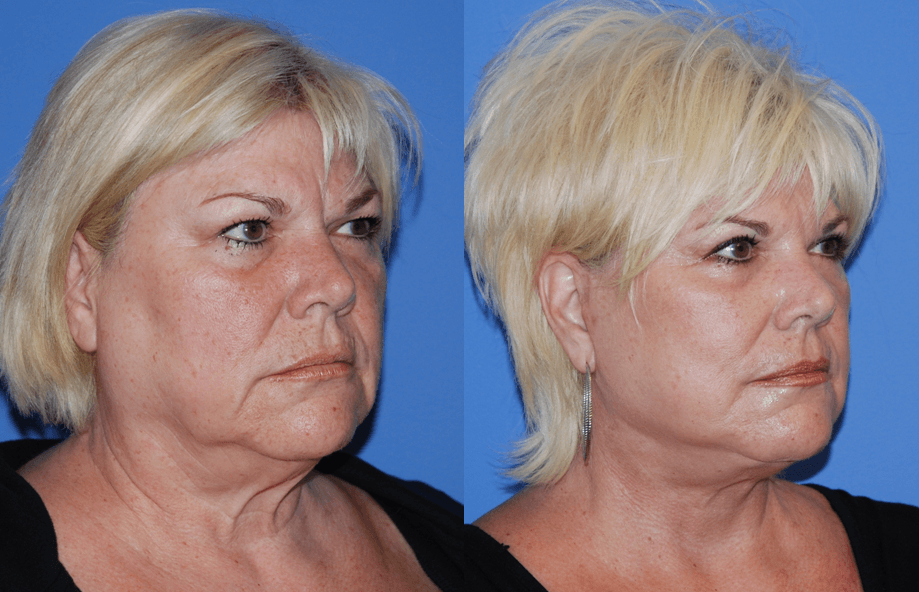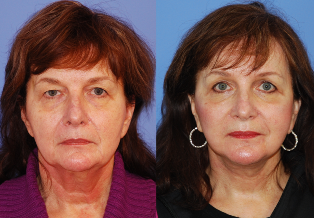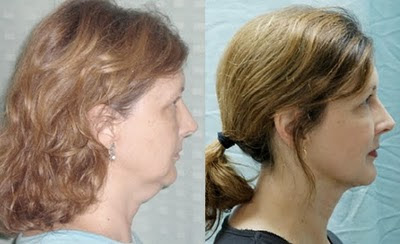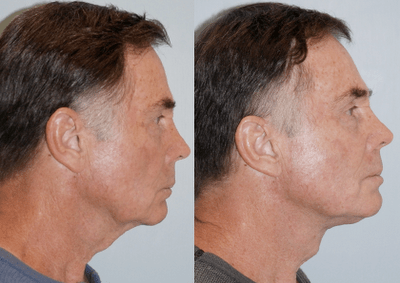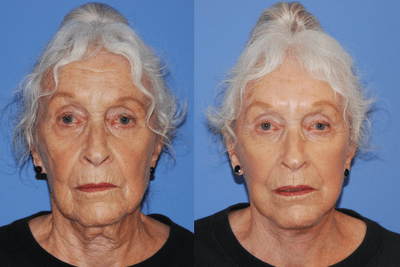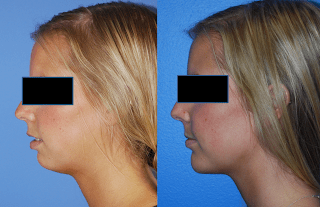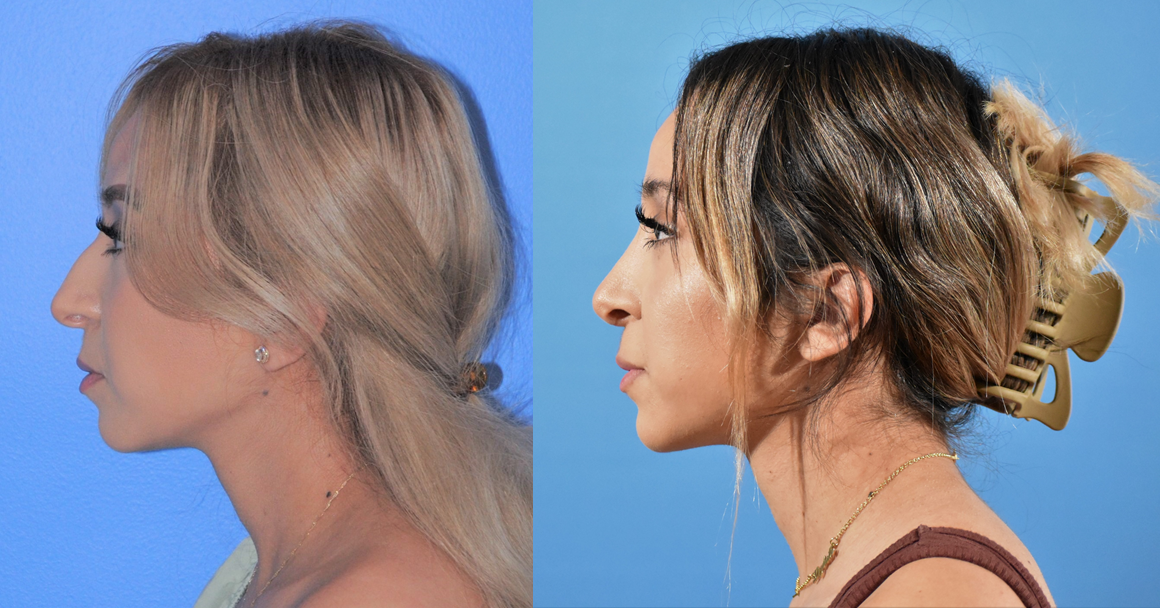While I enjoy all aspects of Plastic & Reconstructive surgery, facelift surgery is particularly enjoyable to me and one of my favorite operations. Rejuvenation of the upper and lower eyelids is paramount to restoring a youthful appearance to the face. As the face ages, the brow descends and skin accumulates around the upper lid and fat begins to herniate through…


